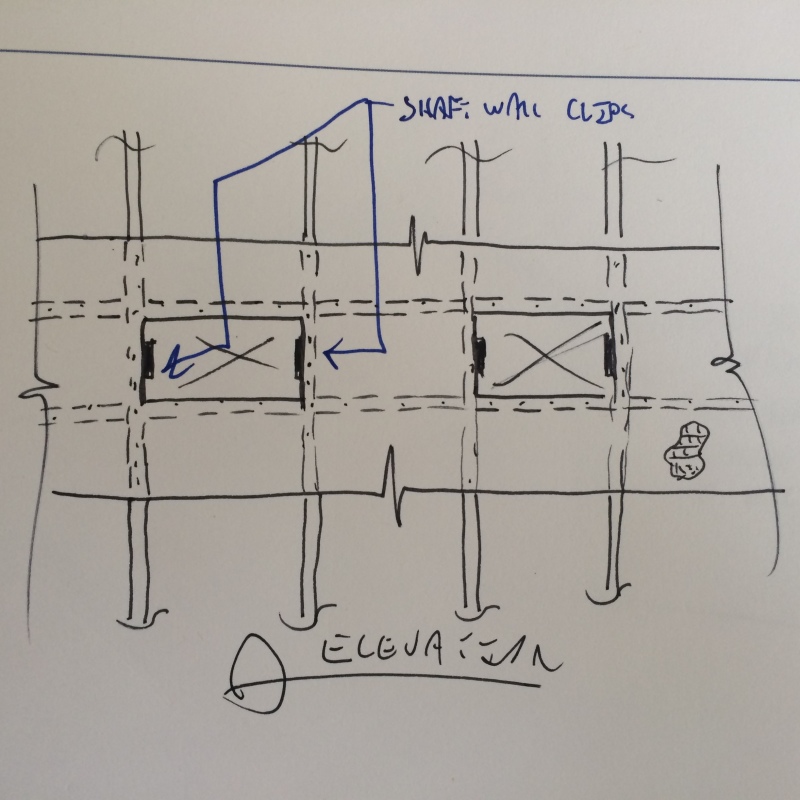CBSE
Structural
- Feb 5, 2014
- 309
I have a school project where we are adding on to an existing school. We are adding enough square footage that I elected not to do any attachments to the existing structure and leave it alone. This week the architect sprung something on me in regards to wall separations. He has to provide a rated separation wall that involves using GP Shaftwall Systems. In order to make this system work, he has to removed the sheathing from the existing building and install breakaway clips to the existing studs.
My issue is that he is removing the entire lateral system on (2) really long walls (100 ft long walls). The total lateral force is only about 800 plf (ASD) along the length of the walls and there are only a couple of man doors.
My question (I have attached details for reference) is would it be problematic to have them punch 8" x 6" holes in my shearwall on the existing building at every stud bay to install these clips? In essence, I will lose about 1/2 of my shear transfer, but the loads are so light that it may not be an issue. I plan on blocking above and below the openings at every bay to help further mitigate issues.
My issue is that he is removing the entire lateral system on (2) really long walls (100 ft long walls). The total lateral force is only about 800 plf (ASD) along the length of the walls and there are only a couple of man doors.
My question (I have attached details for reference) is would it be problematic to have them punch 8" x 6" holes in my shearwall on the existing building at every stud bay to install these clips? In essence, I will lose about 1/2 of my shear transfer, but the loads are so light that it may not be an issue. I plan on blocking above and below the openings at every bay to help further mitigate issues.


